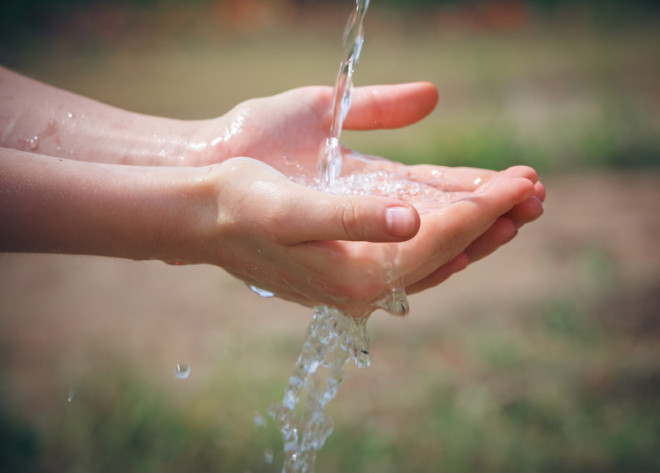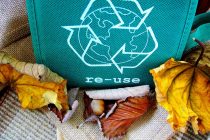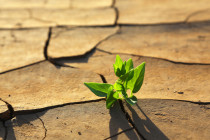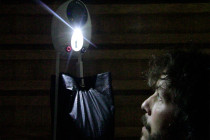Detect, cure, purify, and fortify… Is there anything the mighty LED can’t do?
Firstly, it’s important to note that a standard, store-bought visible LED bulb is not going to help disinfect water or perform forensic analysis, so don’t try this one at home! Special LEDs are manufactured to emit light in the ultraviolet range, which is basically a band of wavelengths existing below the visible spectrum. Different wavelength spectrum ranges are used for different applications:
- UV-A (315-400 nm) Curing (also known as cross-polymerization) of photosensitive materials such as ink in printing, and adhesives or coatings is made possible by UV-A LEDs. In addition, UV-A LED flashlights detect fraudulent identification cards and currency in machine-vision-based inspection systems.
- UV-B (280-315 nm) applications include additional curing opportunities, medical light therapy, and forensic analysis. UV-B radiation is also responsible for accelerating the production of polyphenols in leafy vegetables such as red lettuce, which are believed to have antioxidant and anticarcinogenic qualities. Cary Eskow, global director of advanced LEDs and illumination for Avnet Electronics Marketing in Phoenix, Arizona says, “Generally these plants are grown in greenhouses today, which intentionally filter out the UV portion of the spectrum to maximize plant growth. Interestingly, we have evidence that when those plants are exposed to UV-B LEDs a short time before harvest, their polyphenol content is boosted without compromising plant mass. This is a novel method for increasing the appeal of some foods without using chemicals.”
- UB-C (100-280nm) UV LEDs in this spectrum are primarily useful in air and water purification by breaking up the DNA and RNA of microorganisms, such as E. coli, and preventing their reproduction. Engineers at Sensor Electronic Technology Inc. (SETi) in Columbia, South Carolina have demonstrated disinfection of drinking water in an in-line flow-through system using less than 40mW of UV power.
Harnessing the power of UV to perform these amazing feats is not new. The allure of LED is, not surprisingly: better efficiency, more environmentally-conscious construction and processes, as well as improvements in methods and precision compared to conventional techniques.
The LED advantage: Giving mercury lamps some heat
The traditional standard in ultraviolet curing and purification processes has long been the use of mercury lamps. Despite the higher initial cost of LEDs and the fact that the technology is relatively new, there are substantial advantages including:
- LEDs last 20, 000+ hours compared to 2, 000 hours for mercury lamps
- Increased productivity with no time lost for changing lamps or consumable lamp costs
- No warm up time when turned on/off and consistent light intensity with toggling
- They contain no mercury, meaning no need for hazardous waste disposal
- LEDs do not produce ozone gas with use, while conventional mercury lamps do
- LED provides consistent UV spectral output and do not produce heat unlike mercury lamps which struggle during printing or curing processes with heat-sensitive, plastic materials such as gifts cards or credit cards.
Incredible growth predicted for new UV LED applications
French marketing firm, Yole Développement, recently published a report entitled UV LED – Technology, Manufacturing and Application Trends, reviewing and evaluating all UV lamp applications. According to the report, it is expected that the market for UV LEDs will grow by 30% annually from $25 million in 2010, to more than $100 million in 2016. Pars Mukishe, Business Unit Manager of LED activities at Yole, explains: “By 2018, the UV LED market should also see part of its revenues coming from UVC disinfection and purification applications… The UV LED business is therefore expected to grow from around $90 million in 2014, to at least $520 million in 2019.”
There are so many exciting innovations and new applications being discovered in LED research each and every day that it is no wonder the LED market is growing at the speed of… well, light!
About The Author

-
Serial Entrepreneur, Technologist and Inventor.
My objective is to develop useful products that have a net positive effect in the lives of those that use them and the environment that we live in.
CEO of Mission LED Lighting Company Ltd.
- 2017.05.24LED factsWhy Are Cars Switching to LEDs if They’re Too Bright?
- 2017.05.09Be green & saveHow to Easily Replace T8 Fluorescent Tubes With LED
- 2017.03.07Build a better future7 Things About Explosion Proof LED Lighting You Should Know
- 2017.02.28Be green & saveWhy We Love LED Grow Lights (And You Should, Too!)





Raquelly
Dear Co-op,Believe the new water machines are “state-of-the-art’and hoefuplly, management will consider making over the area where the machines are located to include a place to put bottles down while waiting to use the machine.Frankly, I drive to House of Living Water in Palms where there are two carts on wheels where I may put bottles while waiting to use the spigots. That way, I do not put bottles on the floor or a cement walkway.Since the co-op managementt is forward-thinking, I am sure you are considering a makeover of the area where water machines are located.Sincerely, Margaret Mills
Reply